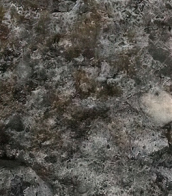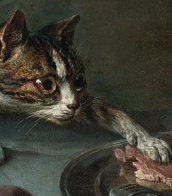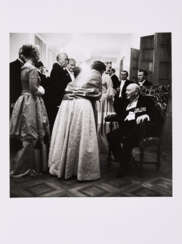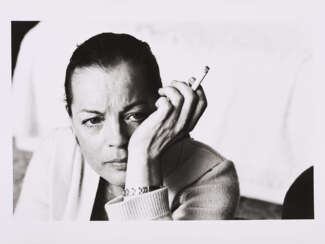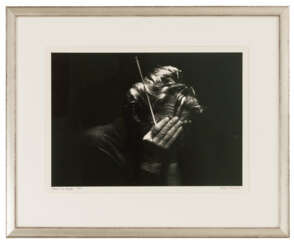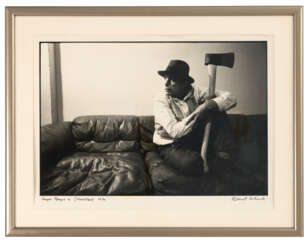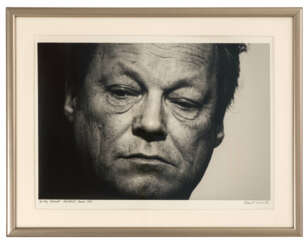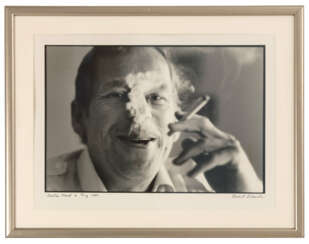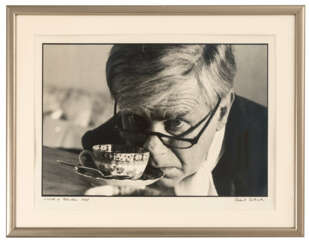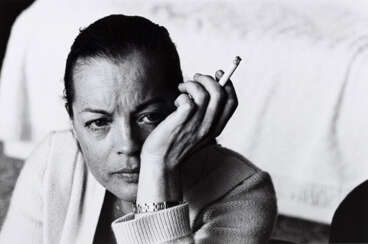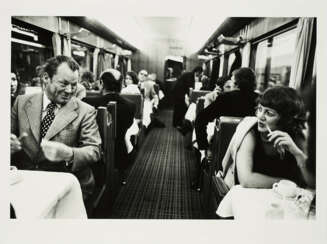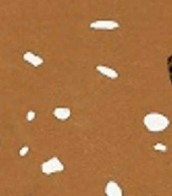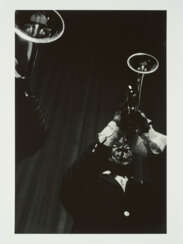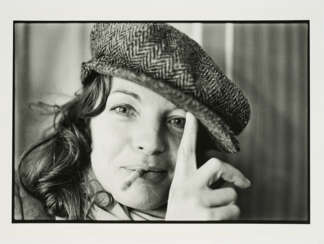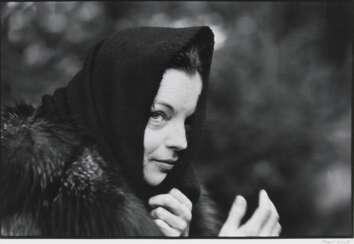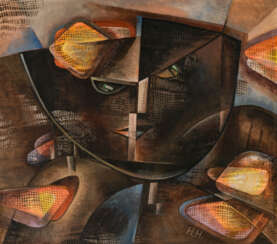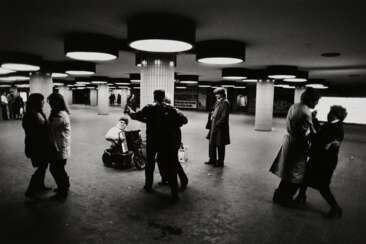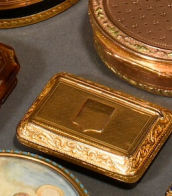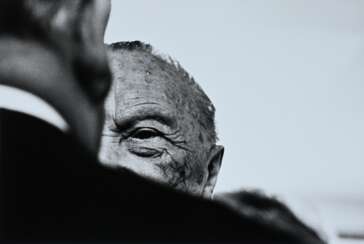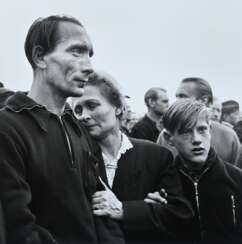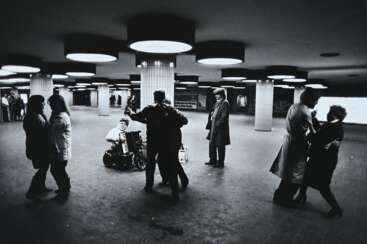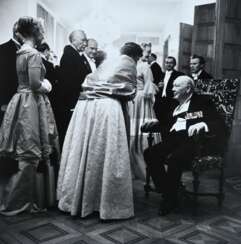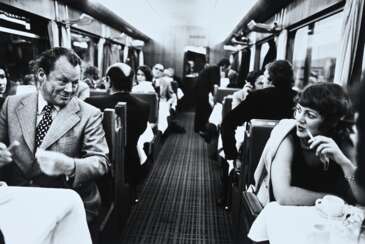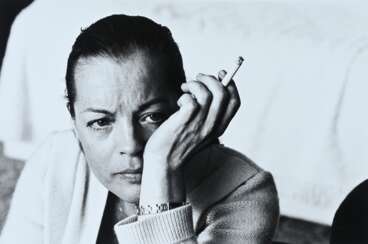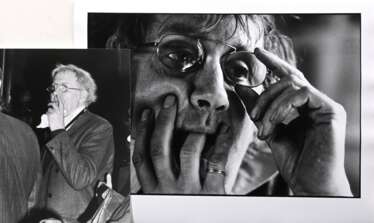robert lebeck
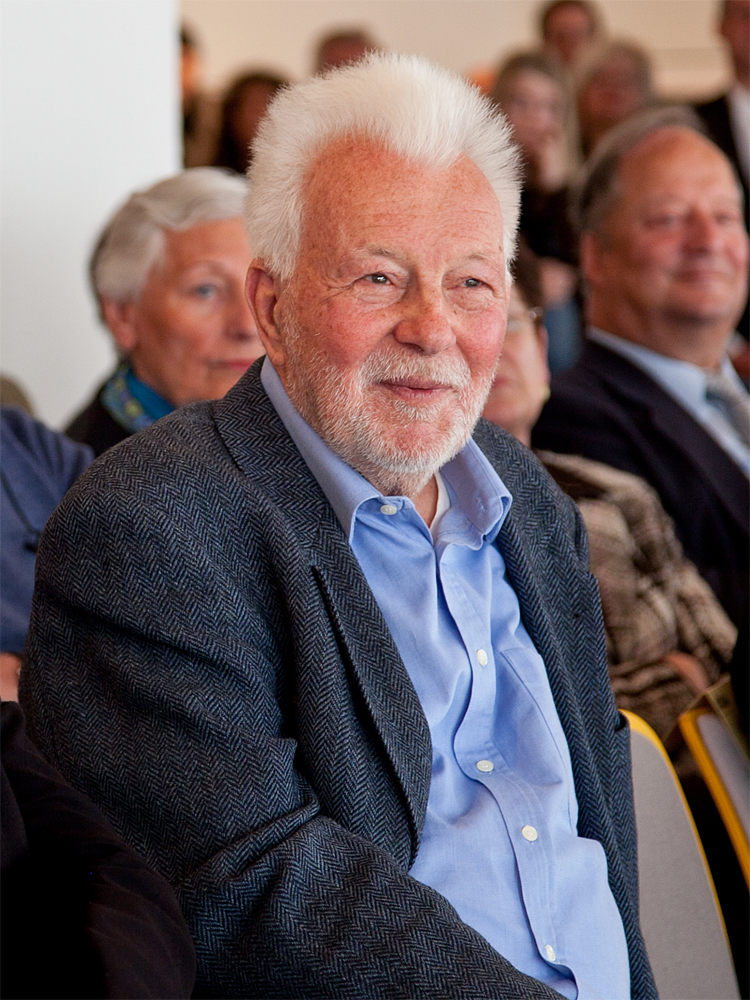
Robert Lebeck was an award-winning German photojournalist.
Lebeck became well known in 1960 after his report on the independence of the Congo "Afrika im Jahre Null" ("Africa in Year Zero") which included a photograph of an African man, Ambroise Boimbo pinching the ceremonial sword of Belgian King Baudouin. To this day that picture remains his "calling card".
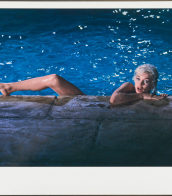

Robert Lebeck was an award-winning German photojournalist.
Lebeck became well known in 1960 after his report on the independence of the Congo "Afrika im Jahre Null" ("Africa in Year Zero") which included a photograph of an African man, Ambroise Boimbo pinching the ceremonial sword of Belgian King Baudouin. To this day that picture remains his "calling card".


Robert Lebeck was an award-winning German photojournalist.
Lebeck became well known in 1960 after his report on the independence of the Congo "Afrika im Jahre Null" ("Africa in Year Zero") which included a photograph of an African man, Ambroise Boimbo pinching the ceremonial sword of Belgian King Baudouin. To this day that picture remains his "calling card".


Robert Lebeck was an award-winning German photojournalist.
Lebeck became well known in 1960 after his report on the independence of the Congo "Afrika im Jahre Null" ("Africa in Year Zero") which included a photograph of an African man, Ambroise Boimbo pinching the ceremonial sword of Belgian King Baudouin. To this day that picture remains his "calling card".


Robert Lebeck was an award-winning German photojournalist.
Lebeck became well known in 1960 after his report on the independence of the Congo "Afrika im Jahre Null" ("Africa in Year Zero") which included a photograph of an African man, Ambroise Boimbo pinching the ceremonial sword of Belgian King Baudouin. To this day that picture remains his "calling card".


Robert Lebeck was an award-winning German photojournalist.
Lebeck became well known in 1960 after his report on the independence of the Congo "Afrika im Jahre Null" ("Africa in Year Zero") which included a photograph of an African man, Ambroise Boimbo pinching the ceremonial sword of Belgian King Baudouin. To this day that picture remains his "calling card".


Robert Lebeck was an award-winning German photojournalist.
Lebeck became well known in 1960 after his report on the independence of the Congo "Afrika im Jahre Null" ("Africa in Year Zero") which included a photograph of an African man, Ambroise Boimbo pinching the ceremonial sword of Belgian King Baudouin. To this day that picture remains his "calling card".


Robert Lebeck was an award-winning German photojournalist.
Lebeck became well known in 1960 after his report on the independence of the Congo "Afrika im Jahre Null" ("Africa in Year Zero") which included a photograph of an African man, Ambroise Boimbo pinching the ceremonial sword of Belgian King Baudouin. To this day that picture remains his "calling card".
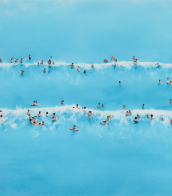

Robert Lebeck was an award-winning German photojournalist.
Lebeck became well known in 1960 after his report on the independence of the Congo "Afrika im Jahre Null" ("Africa in Year Zero") which included a photograph of an African man, Ambroise Boimbo pinching the ceremonial sword of Belgian King Baudouin. To this day that picture remains his "calling card".


Robert Lebeck was an award-winning German photojournalist.
Lebeck became well known in 1960 after his report on the independence of the Congo "Afrika im Jahre Null" ("Africa in Year Zero") which included a photograph of an African man, Ambroise Boimbo pinching the ceremonial sword of Belgian King Baudouin. To this day that picture remains his "calling card".


Robert Lebeck was an award-winning German photojournalist.
Lebeck became well known in 1960 after his report on the independence of the Congo "Afrika im Jahre Null" ("Africa in Year Zero") which included a photograph of an African man, Ambroise Boimbo pinching the ceremonial sword of Belgian King Baudouin. To this day that picture remains his "calling card".
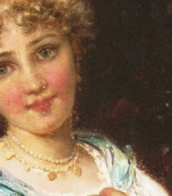
.jpg)
Hannah Höch was a German Dada artist. She is best known for her work of the Weimar period, when she was one of the originators of photomontage. Photomontage, or fotomontage, is a type of collage in which the pasted items are actual photographs, or photographic reproductions pulled from the press and other widely produced media.
Höch's work was intended to dismantle the fable and dichotomy that existed in the concept of the "New Woman": an energetic, professional, and androgynous woman, who is ready to take her place as man's equal. Her interest in the topic was in how the dichotomy was structured, as well as in who structures social roles.
Other key themes in Höch's works were androgyny, political discourse, and shifting gender roles. These themes all interacted to create a feminist discourse surrounding Höch's works, which encouraged the liberation and agency of women during the Weimar Republic (1919-1933) and continuing through to today.

